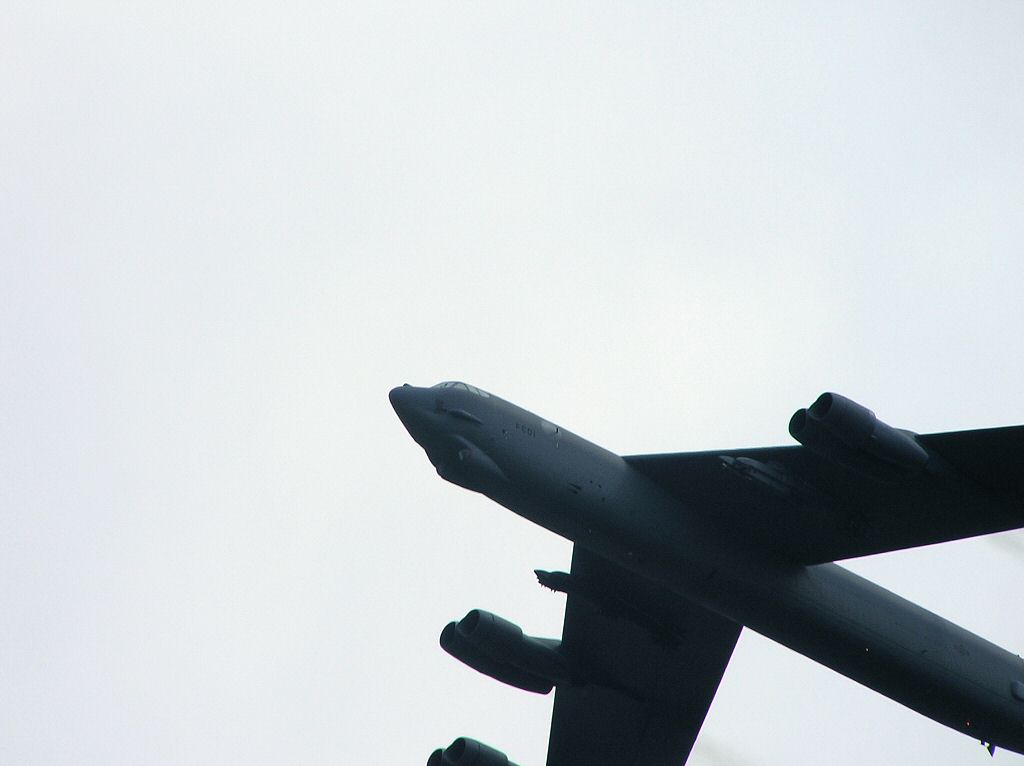|
The B-52 and me
My first job after graduating from engineering college in 1951, structures major, was with Boeing Airplane Company, in Seattle, Washington. Earlier that year Boeing received an order for the first production model and I was assigned to a squad working on the part of the fuselage that contained the forward wheel well and the bomb bay. Our first task was to convert drawings used to produce the XB and YB test planes. These drawings were rudimentary because those airplanes were essentially handmade. We didnít do much with the wheel well but the bomb bay was different for each model. During the two years I was there we revised the bomb bay for several uses: the A-model was for training and as a test bed for equipment, the B-model was rigged for electronic countermeasures and photo reconnaissance, and the C-model was converted to hold four hydrogen bombs. After that I was off to the Army for my two-year hitch, then marriage, fatherhood, and a career in design of buildings and bridges.
A few months after I arrived at Seattle I saw the first flight of that program, made by the YB, and it was really impressive. The actual time of the flight was officially a secret, but it seems everyone at that plant knew when to go out to the parking lot or, the best spot, to the roof of the engineering building. It was exciting, and very noisy. None of us ever thought that old war horse would still be on call during this century. As I recall, here were about 200 engineers working on plans for the production models and I was part of an eight-man structural group (no females in the mix then). My immediate supervisor had flown missions out of England as a side gunner in B-17ís and would comment that he hoped the 52 would be as tough as the 17. (I like to think it proved to be.)

|
|
